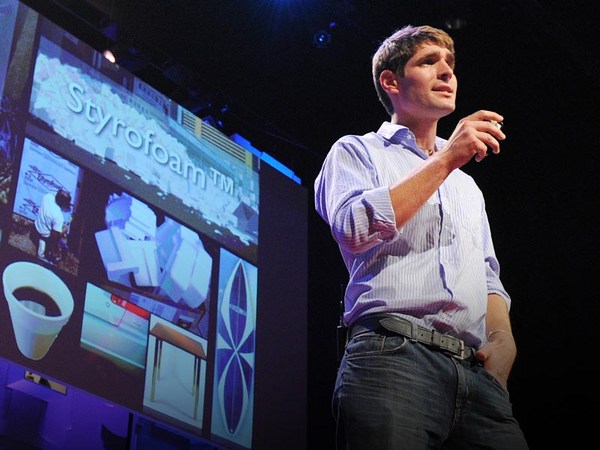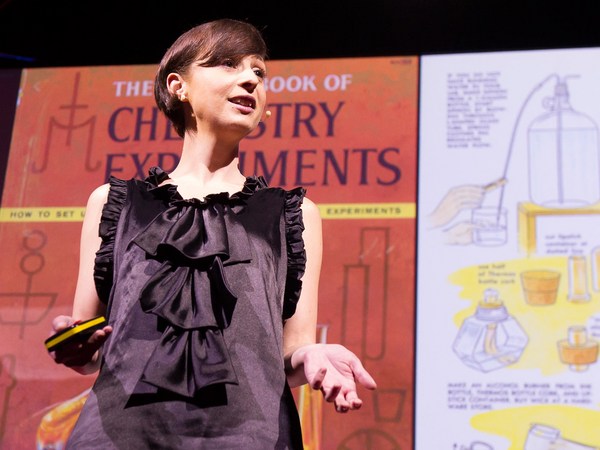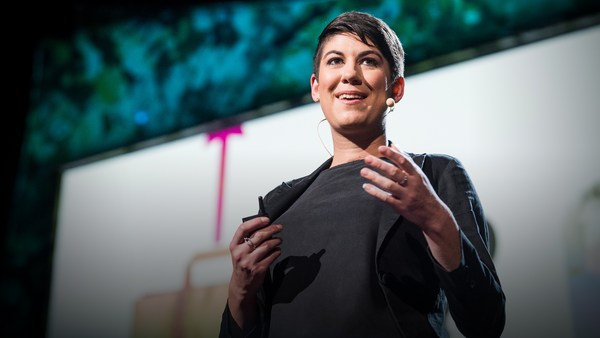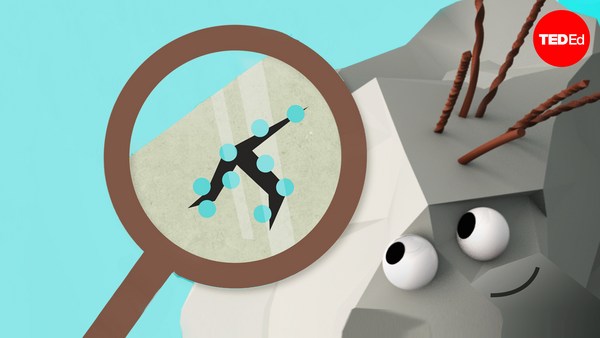As a child, I loved to build houses from Lego and to help my father, who built the house we lived in. I was also fascinated by the way the materials work. This led me to study Materials Science and then back to concrete. Concrete is a fascinating material, and we still have a lot to learn about how it works. Now I’m a professor and head of this laboratory of Construction Materials in the Institute of Materials Science and Engineering, EPFL, École Polytechnique Fédérale de Lausanne in Switzerland. And we're pioneering the ways to reduce CO2 emissions from cement and concrete. We have to realize, more than 90% of cement is used in emerging and developing countries. In the last 30 years, we’ve seen the way the use of cement in China has increased so dramatically, so that they now use more than half of all cement produced. India is a country of similar size to China, but it presently has a consumption five to six times lower. This represents a huge pent up demand. In India there’s a massive need for affordable housing and infrastructure. It is estimated that more than 25 million new homes will be needed by 2030. Concrete is essential to meet this demand, but how can this be done without drastically increasing CO2 emissions? There’s nothing that can replace concrete. It’s an intrinsically low CO2 material. It only makes such an important contribution to CO2 emissions because we use such enormous amounts, more than all the other materials put together. Many people here in Europe think that wood could be a solution, but even to replace just one quarter of cement with timber, we would need to plant new and sustainable forest, one and a half times the size of India. Even 100 years ago in India, an institute was established to find alternatives to wood because it was already in short supply. But we can drastically reduce the CO2 emissions from concrete if we replace traditional Portland cement, also known as CEM1 or WOPC, or even fly ash cement, by our new LC3 technology. LC3 is a combination of calcined clay, limestone and some Portland cement. To calcine the clay, we heat it to around 800 degrees Celsius, which is a much lower temperature than used to make Portland cement. But more importantly, there's no heating and decomposition of limestone, which accounts for more than 60% of the emissions from traditional Portland cement. Overall, we can reduce CO2 emissions by up to 40%. You might think this new material is less good than what it replaces, but in fact, LC3 has higher strength than Portland cement and some properties like chloride ion penetration, which corrodes the reinforcement, are massively improved. And it’s directly feasible because it uses the same equipment and processes, and it can be used in the same way as existing materials. Furthermore, the kind of clays we need are really abundant worldwide, particularly in developing countries like India, Africa, Latin America and Asia. In this demonstration house we built near Jhansi, in India, we could calculate that we saved more than 15 tons of CO2 compared to existing materials, even incorporating fly ash, and massively more compared to fired clay bricks. Multiply this by the need for houses in India. For the last six years, we’ve been working with the support of the Swiss Government Agency for Development and Cooperation and with local partners in India to transfer this technology to the industry. We are now on the cusp of LC3 being accepted in the standards in India. The first trials were made by pioneering companies in India more than four years ago. Here we can see the roadway at the entrance to the plant being repaired with an LC3 concrete. Already this will outlast the traditional concrete used. Now let's take a helicopter view and imagine we can replace traditional cement with a different material with the same performance produced by the same processes and used in the same way, but with a much lighter carbon footprint. With this LC3, we can act now to confront climate change because it can be done immediately and on a very large scale, with the potential to eliminate more than 400 million tonnes of CO2 every year. In conclusion, we can't do without concrete, but we can do without a very significant amount of CO2 it produces, which means that we can house everyone, and no one is left without a roof.
Related talks

Eben Bayer: Are mushrooms the new plastic?

Catarina Mota: Play with smart materials

Rachel Armstrong: Architecture that repairs itself?

Marisa Fick-Jordan: The wonder of Zulu wire art

Leyla Acaroglu: Paper beats plastic? How to rethink environmental folklore
